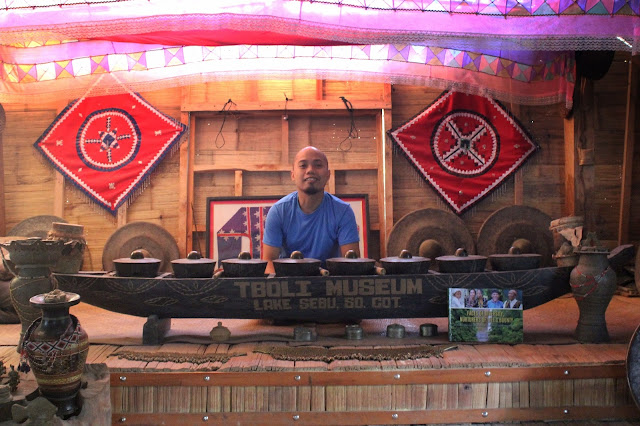
About
The Baluarte Ruins is a 400-year-old watchtower that faces the West Philippine Sea and serves as a watchtower for pirate attacks and other dangers by sea. Originally made of adobe and coral blocks, today, it's covered with lighter bricks but still looks stunning. By the way, after Namacpacan, we got in the van, and we traveled 30 minutes to the coastal area, and we arrived at Loa Mending’s, a fantastic restaurant with a great view of the beach. Had coffee and their own version of Tapsilog. The food tastes really good, but it's 40 minutes before it is served - just too bad! Then, we walked by the beach and discovered the beauty of Pebble Beach and the ruins.









